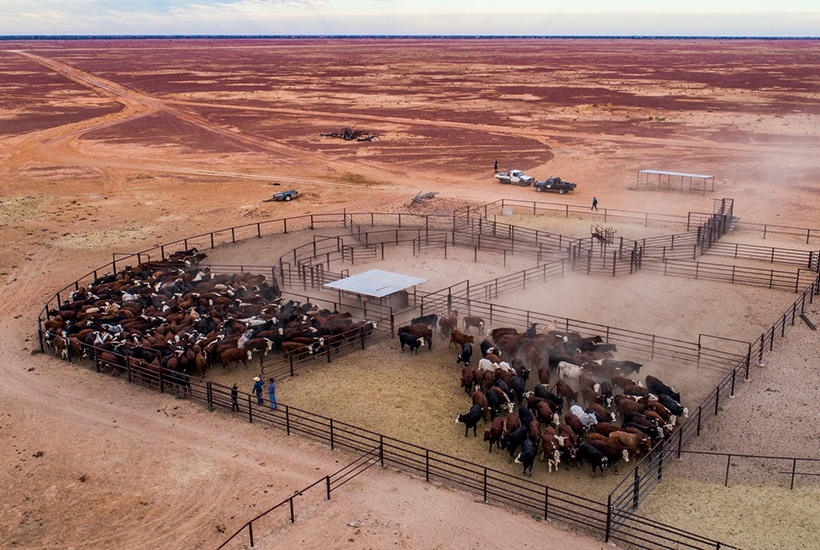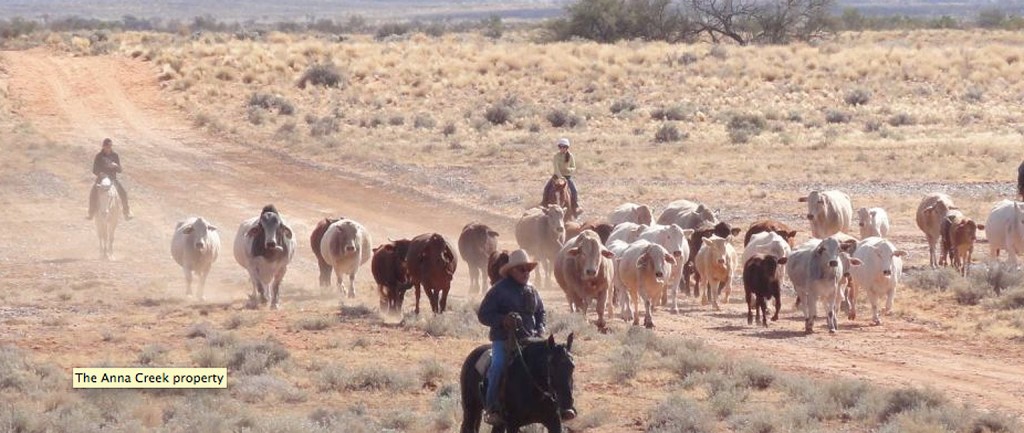Australia’s second largest cattle station for sale

Australia’s rich list and some of world’s biggest investors are expected to come calling for Australia’s second largest cattle station, Clifton Hill, which is now on the market.
Spanning some 16,500 square kilometres on the Birdsville Track in the far north-east corner of South Australia, Clifton Hill is more than half the size of Belgium and is for sale on a walk in, walk out basis.
The property, which was established in 1878, comprises four contiguous pastoral leases and has three rivers – the Georgina, the Cooper and the Diamantina, all flowing across it.
Commercial Insights: Subscribe to receive the latest news and updates
In size, it is second only to Anna Creek – at more than 23,000 square kilometres – on the list of Australia’s biggest landholdings.
Clifton Hills currently supports 18,000 head of cattle, and has a central homestead hub, formed roadways, airstrips, 24 sets of steel trucking yards, six flowing bores and mechanical plants and equipment.

Three rivers run through Clifton Hill.
Colliers International’s Ben Forrest, Jesse Manuel and Nick Dean, as well as Wally Cooper from Rural Property and Livestock has been tapped to sell the property through an international tender process.
“Clifton Hills Station offers a very appealing opportunity for investors to acquire a substantial herd without the costs associated with freight, and the complexities involved in purchasing new stock,” Forrest says.
The property is currently owned by multiple shareholders, many of whom have held their interest for more than 60 years.

Clifton Hill station in South Australia.
Cooper says the station’s great strengths are its variable land types and its ability to trap and retain water, allowing the herd to be maintained during periods of drought.
“The beauty of Clifton Hills is not only the amazing flow of water it receives from the north but all rain that falls on the property stays on the property,” he says.
“The internal gibber country acts like an enormous roof, which fills numerous creeks and swamps, generating growth of fantastic feed all from an inch of rain.”
Agents are yet to give an indication on price, with Colliers saying the size and scale of the property means it sits “in a market of its own”.






